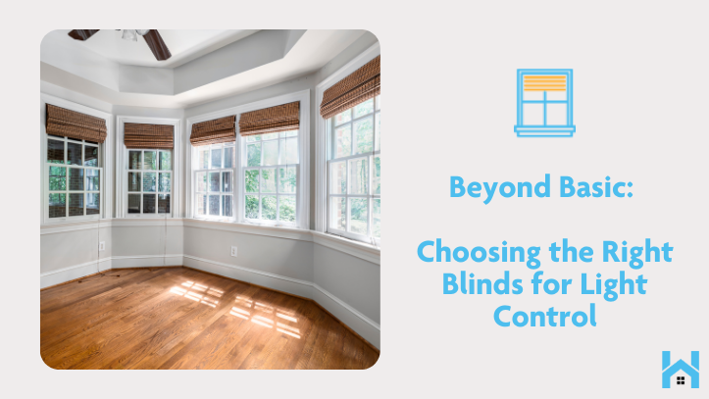
Seeking to revitalize your space with a fresh coat of paint without emptying your wallet?
Uncover the advantages of cost-effective painting endeavors and learn how to cut costs without compromising quality. From selecting the appropriate paint for your project to advice on preparing and carrying out your painting task, we delve into all the essential details.
Benefits of Budget-Friendly Painting Projects
Engaging in economical painting projects presents a splendid opportunity to breathe new life into your home improvement pursuits without breaking the bank. Whether you opt for revamping the interior walls with a sleek new coat or embarking on an exterior makeover, these budget-friendly DIY painting endeavors have the power to revamp your living space and enhance the overall value of your home.
Saving Money Without Sacrificing Quality
Achieving cost savings on painting projects doesn’t have to equate to compromising on quality.
By employing budget-friendly yet efficient techniques, you can attain professional outcomes
without the hefty professional price tag.
An effective strategy to uphold superior results within budget constraints involves emphasizing proper preparation. Thoroughly prepping surfaces before commencing painting operations guarantees improved adhesion and a polished finish, thereby augmenting the overall aesthetic appeal of the endeavor.
The selection of appropriate tools and paints holds substantial influence as well. Opting for paints of mid-range quality and investing in resilient brushes and rollers may involve a slightly higher initial cost but can lead to long-term savings by minimizing the necessity for frequent touch-ups or repainting endeavors.
Choosing the Right Paint for Your Project
Choosing the appropriate paint for your project is a pivotal step towards attaining a triumphant result. Elements such as color coordination, the necessity of primer application, and the choice of finish all contribute substantially to the final product. Furthermore, it is imperative to take into account environmentally-conscious alternatives such as low VOC and non-toxic paints.
Factors to Consider and Cost-Saving Options
When faced with the task of selecting paint, one must consider various factors, including the nature of the project, the desired finish, and personal color preferences. Engaging in astute comparison shopping and capitalizing on discounts, coupons, and sales can serve as effective cost-cutting measures.
For individuals seeking to economize on painting expenditures, engaging in the art of bargain hunting and leveraging discounts, coupons, and rebates represent commendable strategies. By diligently searching through online platforms, local stores, and warehouse clubs for lucrative deals, one can often procure high-quality paint products at reduced prices.
An additional fiscally prudent avenue involves exploring secondhand sources of supplies, such as thrift stores, garage sales, or online marketplaces. Acquiring gently used paint and painting equipment not only yields financial savings but also champions sustainability by granting these items a second lease on life. These approaches have the potential to render your painting project simultaneously budget-friendly and environmentally conscientious.
Tips for Preparing and Executing Your Painting Project
Thorough preparation stands as the cornerstone of any victorious painting endeavor. Every step matters, from priming the surface to handpicking the finest materials and methods. Equipping oneself with the necessary tools – be it brushes, rollers, tape, or drop cloths – can truly elevate the end result to a whole new level of excellence.
Materials, Techniques, and Time-Saving Strategies
It is imperative to procure the necessary materials and supplies, such as primer, brushes, rollers, tape, and drop cloths, to ensure a productive painting project. Implementing established techniques and time-efficient strategies can simplify the process and deliver superior outcomes.
Ensuring that the work area is appropriately prepped by shielding furniture with drop cloths and delineating areas not intended for painting is of utmost importance. Opting for top-tier brushes and rollers can have a considerable impact on the paint job's final appearance. Employing time-saving tactics, like utilizing a paint grid for seamless roller saturation and maintaining a wet edge during painting to prevent visible brush strokes, can prove invaluable. By attentively observing these intricacies and methodologies, one can attain a paint job of professional caliber while diminishing cleanup endeavors.
Maintaining Your Painted Surfaces and Maximizing Longevity
Safeguarding the integrity of your freshly painted surfaces is pivotal in preserving their longevity and aesthetics. Consistent maintenance, prompt touch-ups, and the strategic application of preventive solutions such as UV protection and weatherproofing serve as essential tools in extending the lifespan of your paint application.
Cleaning, Touch-Ups, and Preventative Measures
Regular maintenance and timely touch-ups are crucial for preserving the aesthetics and resilience of your painted surfaces. By taking proactive measures, you can uphold the pristine appearance and longevity of your paint job.
When cleaning painted surfaces, it is advisable to use a mild cleanser and a soft cloth to prevent any harm to the paint. For touch-ups, ensure you have a small quantity of the original paint on hand to swiftly address any scratches or chips. Conduct routine inspections to detect early indications of deterioration, enabling prompt repairs. To shield against damage, contemplate applying protective coatings such as clear sealants or topcoats. Refrain from using harsh chemicals and abrasive materials during cleaning to maintain the paint's luster intact.




